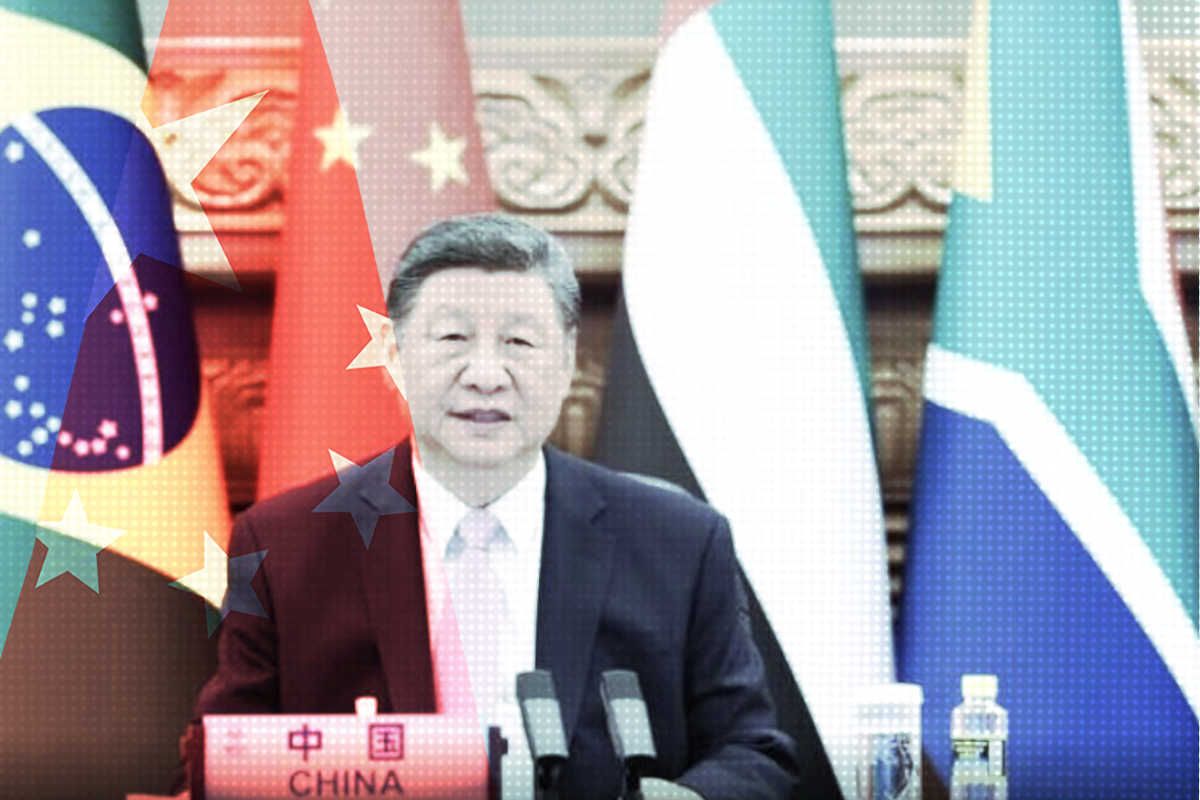As China has sought to raise its prestige and influence in the world through a concerted campaign of “soft power,” one idea that has gripped officials and intellectuals alike is that of a China Model, a system of syncretized lessons from China’s experiences over the past three (or six?) decades, and an alternative to dominant Western models such as the so-called “Washington Consensus.”
So far, one of the China’s domestic masterworks on the China Model has been The China System: Reading 60 Years of the People’s Republic of China (中国模式—解读人民共和国的60年), published by the Central Compilation and Translation Press at the end of December 2009, and edited by Pan Wei (潘维), the director of Peking University’s Center for Chinese and Global Affairs.
The collection includes writings by Gao Liang (高粱), a researcher with the National Development and Reform Commission’s Institute of Economic Systems and Management, Zhang Baijia (章百家), a researcher with the CCP Historical Research Center, Wen Tiejun (温铁军), head of Renmin University of China’s School of Agricultural Economics and Rural Development, Hu Angang (胡鞍钢), a professor at Tsinghua University’s School of Public Policy and Management, Wang Shaoguang (王绍光), a professor in the Department of Government and Public
Administration at the Chinese University of Hong Kong, Tsinghua University sociology professor Li Qiang (李强), and others.

In his own essay for the collection, Pan Wei writes of the China Model as a massive and glorious creature, hearkening back to ancient Chinese mythology: “The scale of the China System (中华体制) is massive, and could perhaps be called the ‘Kunpeng System’ [after the vast bird of Chinese legend]. Its head is people-based politics, its state system (社稷体制) is the body, and the national economy (国民经济) is its wings . . .”
But other scholars in China, and outside, wonder whether the China Model isn’t as mythical indeed as Kunpeng (鲲鹏).
The following is a portion of an editorial by Hua Sheng (华生) written for the Economic Observer last month. Hua Sheng’s article, which takes issue with the whole idea of an existing China Model, was recently re-posted in the blog section at Caixin Media, Hu Shuli’s post-Caijing media venture.
The China Model We Could Have But Don’t
By Hua Sheng (华生)
Economic Observer, April 2, 2010
I’m talking today about the China Model. My view is quite simple. I think that while “China Model” is useful as a fashionable term, it’s something we don’t yet have. The most we can say is that China is seeking its own road, searching for its own way forward. But this cannot be called a model, because it’s still unclear, unformed and unstable. Generally speaking, when we talk about models we talk about relatively fixed frameworks that have already taken shape and are quite stable.
First, looking at China’s economic shape. After reform and opening, our economy changed from a simple system of public ownership to a mixed ownership system. But we are now still in an unstable situation. There is no consensus on how much various types of ownership account for, and how public assets and shares should be managed. This can be glimpsed from the varying voices [on this question] appearing in the media. Right now, generally speaking, mixed or diversified ownership (混合所有制) is a transitional phase, and cannot constitute a fixed direction or model. It can be said that the economic mode of the entire country is in a state of instability.
Second, the same holds true for China’s political system. The political system of highly concentrated power that we had before has undergone some changes since economic reform and opening, but of late we have still not found — or perhaps, we should say, have not built — a political system that is capable of internal balance and stable operation. Stepping beyond ideology here, we can say that our political life still lacks principals of openness and transparency. This is just as true for our ruling party, the Communist Party, which has not yet internally been able to build workable mechanisms [for openness and transparency]. Some [so-called mechanisms] are merely principles, like democratic centralism (民主集中制), but have no procedural basis and are difficult to concretely implement, and so they are unstable. These [principles] can operate much as they did in Mao Zedong’s era, with everyone raising their hands and agreeing to them in principle, but inside they are empty, expressing only the wills of various [political] personalities . . . Therefore, today’s system, looked at from the standpoint of our political mode [or culture], is not a stable model.
Finally, we can say the same thing when we look at culture and ideology. There is a massive gap between our original dominant ideology and our present economic and social realities, and this is why we now see so much chaos in ideas and morals.
Given these facts, I don’t believe there is any such thing as a China Model or a Beijing Consensus. Because this model, or this consensus, has yet to emerge.
Still, I am an optimist. A China Model could exist, and it is something we can search for. We don’t necessarily have to take the same path as others. And others’ paths may not be right for us. I do not support another extreme view, which says that China’s achievements today are not worth mentioning, that it has just been stepping closer to the West. That would seem to suggest that all research is pointless. I don’t support that view, because China does have its own unique history, culture and prevailing circumstances.
Moreover, the experiences of the past 30 years have shown that Chinese can blaze a path of relative success. The development China has experienced in the past 30 years does surpass all the achievements of the past several hundred years, and this is something the whole world has noticed. So I am equally opposed to the suggestion that we don’t have our own values, that we haven’t chalked up our own successes, that there aren’t lessons to be drawn [from our experiences].
But if we really do want to carve out a China Model, then we have a great deal of work ahead of us, economically, politically and culturally.




















